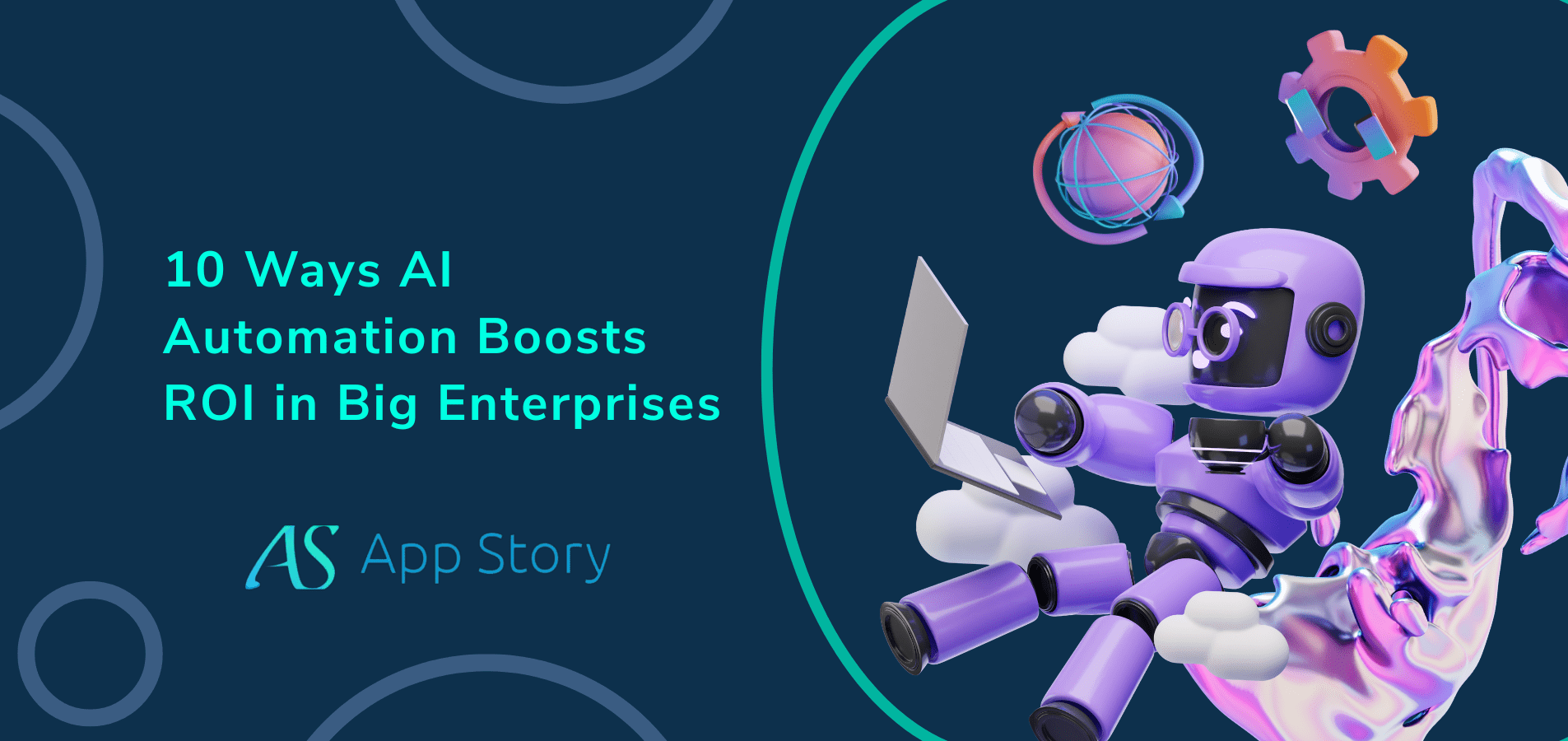Introduction
Do you know what your employees are doing all day? Do you have any idea how much value they’re generating? If not, it might be time to start measuring employee productivity. But what exactly is employee productivity? It’s the amount of value an employee generates for their company in a given period of time (usually a week) and it’s often used as a proxy for how productive someone is at work.
One way to measure employee productivity is by tracking time spent on tasks or projects; however, there are other options such as using software systems that automatically track this data.
In this post we’ll look at why measuring employee productivity matters and how you can use tools like Toggl to gather useful data about your company’s operations
Why measure employee productivity?
It is important to measure employee productivity because it helps you:
- Identify the areas of your business that need improvement. If you’re not measuring productivity, how will you know where inefficiencies are occurring?
- Measure and improve employee performance. Productivity measures allow you to compare individual employees against themselves or their coworkers over time, which allows for better understanding of their strengths and weaknesses as workers. This knowledge can help inform your future hiring decisions and provide feedback for current employees about what they need to work on improving in order to become more productive.
- Build a strong team by identifying potential problems before they arise. If an employee is struggling with productivity, addressing the issue early on can save both time and money—and reduce stress levels (yours included).
1. Organizational goals
An important step in measuring employee productivity is to identify the organization’s goals. Goals are the reason you want to measure employee productivity, and they should be specific and measurable.
- Specific: The goal should be clear as possible so that everyone involved in achieving it knows exactly what it is and how they can contribute towards achieving it.
- Measurable: It must be possible for your team or business unit to tell whether or not they have reached their goal at any given point in time, either by tracking progress against a timeframe or some other measure (such as sales numbers).
- Achievable: No one wants an impossible challenge! Your organization’s employees need to know that if they work hard enough, there will be some kind of reward for their efforts. You also don’t want them chasing something that could never happen because “that would just be too good.”
For example: If your target market is young adults aged 18-25 years old living within 10 miles radius from where we’re located…then this may not work out as well as targeting only males ages 18-25 living within 20 miles radius from where we’re located because we’d end up excluding females who might like our product but aren’t necessarily interested in buying something specifically for men only (or vice versa).
2. Gather useful data about your company’s operations
The time tracking data you collect can be used to identify problems and opportunities for improvement. If a certain team or employee isn’t meeting their targets, for example, you can use the time-tracking information to determine where help is needed. You might find that one department needs more resources or that individual employees need additional training in order to improve their productivity.
If your company has multiple locations, you can also use time tracking software to compare productivity across different teams and offices. This gives managers an idea of which teams are underperforming compared to others; they may also discover new ways of increasing overall efficiency by learning how another department operates differently than theirs does
3. Make better decisions
The third way to use employee productivity metrics is to make better decisions. If you have a clear understanding of how many hours your employees spend on each task, you can make more informed decisions about how to allocate resources.
For example, if one person is working twice as fast as another person doing the same job, it may make sense for you to give him or her more work.
Or if one person always has a lot of free time on their hands while others are struggling with deadlines and tight schedules, this could be an indication that they need help with their workloads or additional training in order to perform better in their roles.
How to measure employee productivity
- How to measure employee productivity
- What metrics to track
- How to analyze data
- How to use data to improve employee productivity
Who’s using employee productivity metrics and how are they doing it?
So who’s using employee productivity metrics and how are they doing it?
- Companies that use time tracking software or other time management tools. These include everything from simple, self-service solutions like Toggl to advanced enterprise-level applications like Zoho Projects and Hubstaff.
- Companies that use expense management software, such as Expensify or Concur Expense Management. Expense reports are typically generated by an employee at work when they submit a receipt for reimbursement, but some companies also use their expense tracking tools to track their employee’s hours too.
- Companies that have employees working remotely (and therefore can’t easily track the number of hours spent working). In these cases, productivity metrics may be calculated based on the amount of work completed and not just time spent working in an office environment. This can be done either manually (by comparing notes with coworkers) or automatically through analytics software that analyzes team activity over time (like Slack).
How time tracking helps you measure employee productivity
Time tracking software is a great way to measure employee productivity. With time tracking software, you can see how long your employees spend on different tasks and the overall productivity of your employees. You can also track how effective your managers are at managing their teams.
Employee productivity metrics wrap up
- Employee productivity metrics are incredibly important for any business to gather, as they provide data on how your business is doing and allow you to make better decisions when it comes to your workforce. You can choose from a variety of employee productivity metrics, such as:
- Time spent on the job
- Number of mistakes made
- Amount of work completed (or not)
Using time tracking software to gather data is a great way of measuring employee productivity
- Time tracking software is a great way of measuring employee productivity.
- Time tracking software can help you measure productivity.
You can use time tracking software to measure employee productivity.
Conclusion
We hope you’ve found our guide to measuring employee productivity helpful. The next step is to implement the strategies we’ve outlined, and start seeing results! Don’t forget that when it comes time to evaluate your employees, there are many other metrics besides these two that can help you make a better decision. For example, if you want somebody who will work hard at their job while also having fun doing it then they might be more productive by working longer hours than someone who doesn’t care how much effort goes into something as long as they get paid well for doing so – which means taking a look at this person’s past performance record would be crucial before making any decision about their future employment status with your company or business venture
1 What does “the best” mean? Are there different types of best? Is there one best or many? Are some types better than others? How do we know what type of best something is?
2 How do people decide what “good enough” looks like in their own lives? What factors influence how we measure success in a given situation (time pressure vs. workload)? How do these factors change when considering multiple people instead of just one person’s perspective on an issue?”””






 United States
United States United Kingdom
United Kingdom India
India Canada
Canada Singapore
Singapore















![10 Benefits of the Internet of Things You Should Know [2025]](https://www.appstory.org/wp-content/uploads/2025/03/ATS-10-Benefits-of-the-Internet-of-Things-You-Should-Know-2025@2x-80x60.png)




















